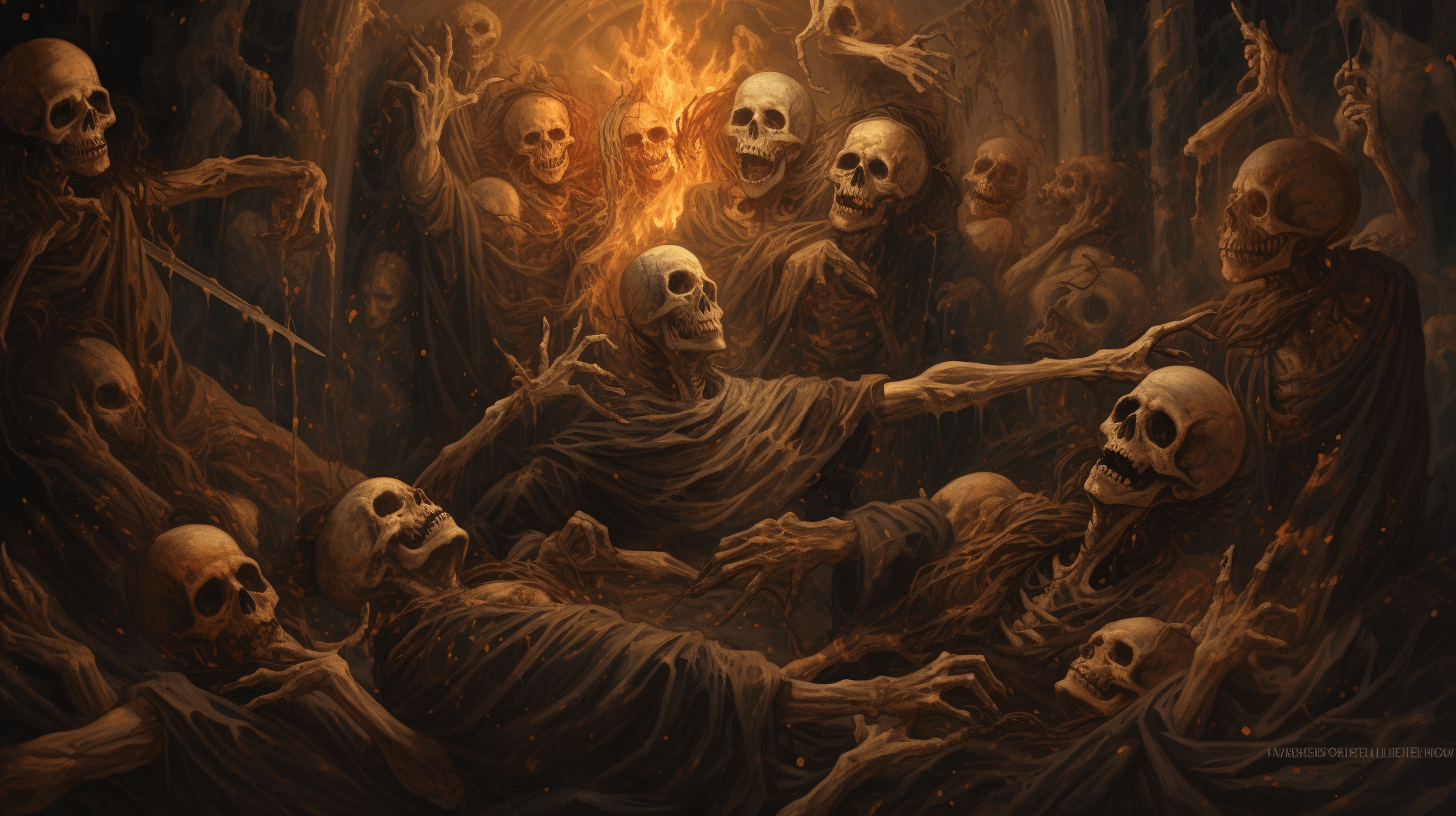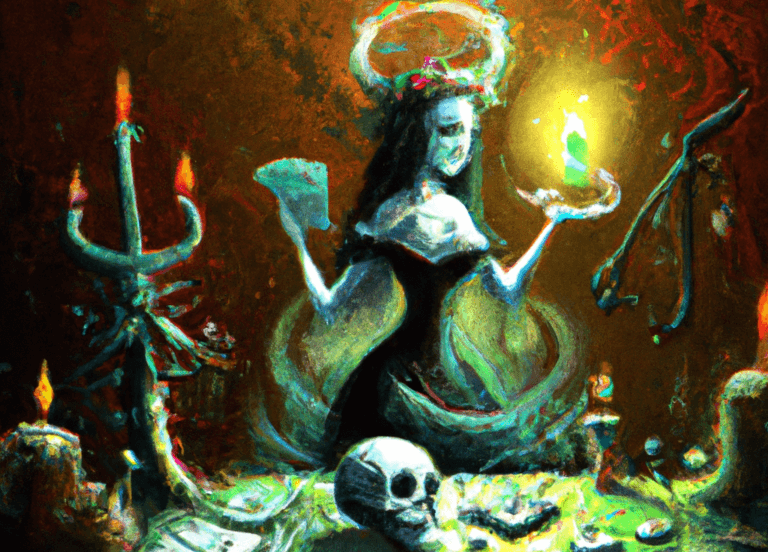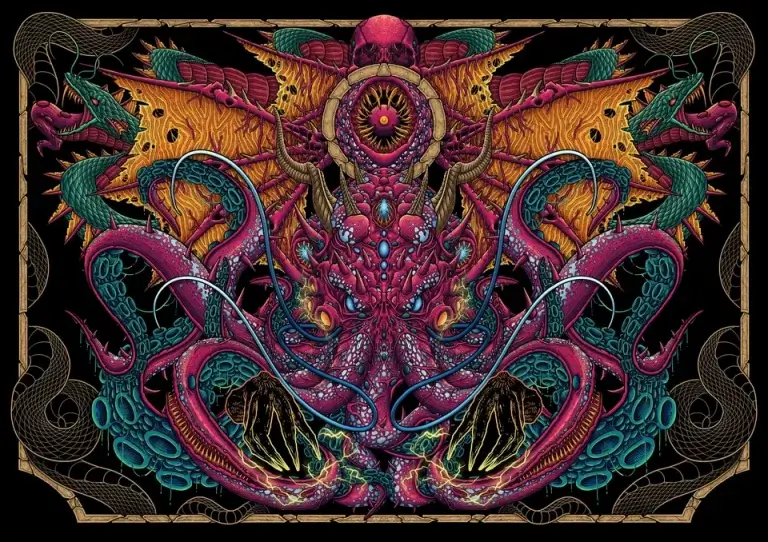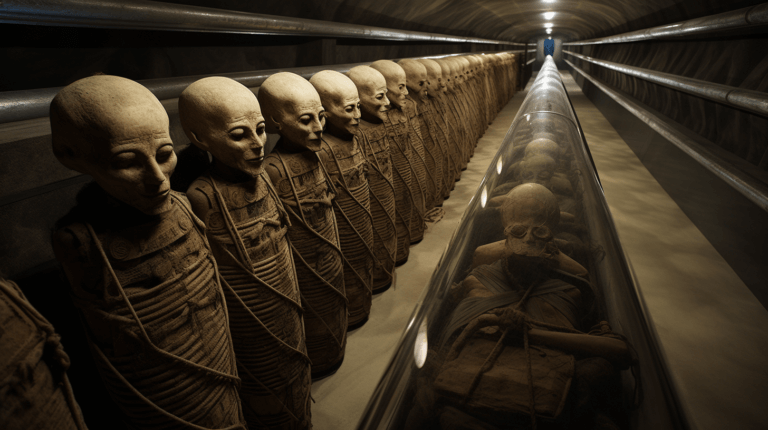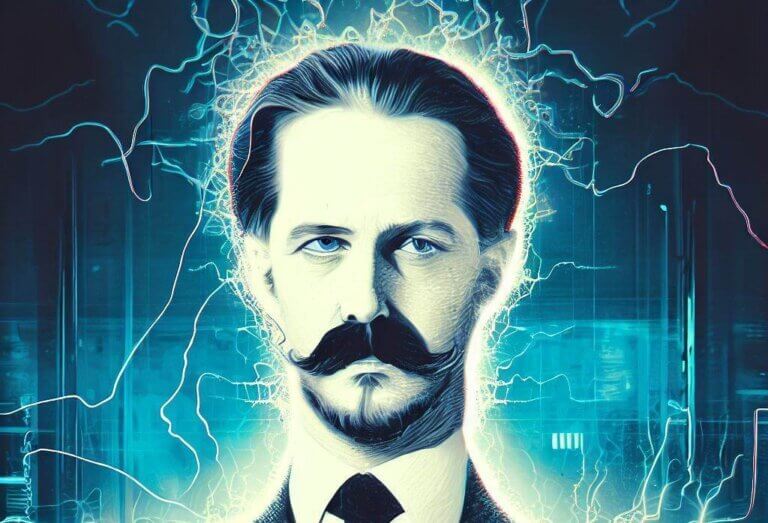Necromancy: A Brief History
Early History
The earliest evidence of necromancy comes from ancient Egypt. In the Egyptian Book of the Dead, a collection of funerary texts, there are spells that are designed to help the deceased communicate with the living. These spells were often used to help the deceased find their way to the afterlife.
Necromancy was also practiced in ancient Greece and Rome. In Greek mythology, the god Hades was the ruler of the underworld and the dead. He was often depicted as a figure with a skeletal body and a crown of poppies. The Romans also believed in a god of the dead, named Pluto.
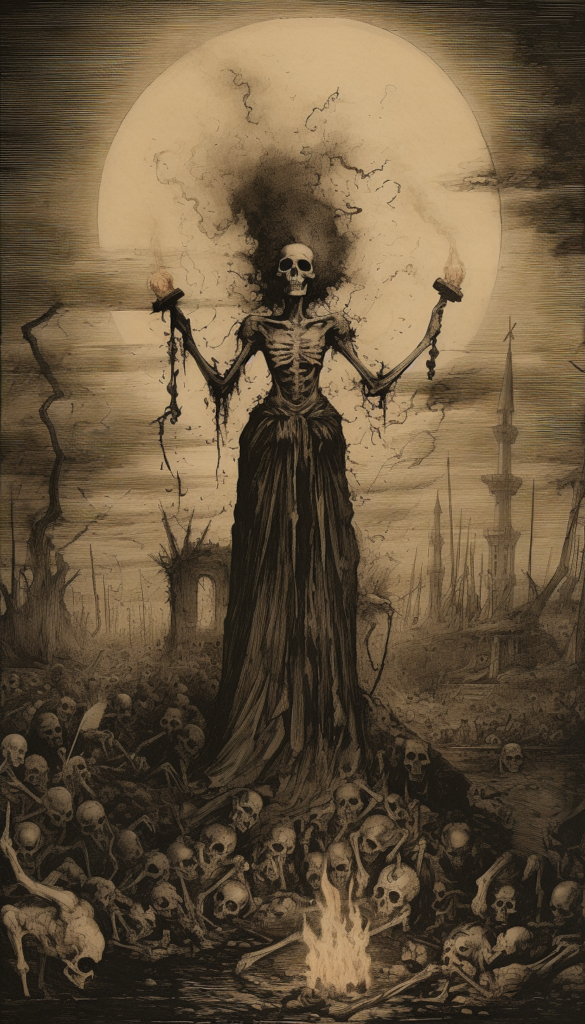
Middle Ages
In the Middle Ages, necromancy became associated with witchcraft. Witches were believed to be able to raise the dead and use them for their own purposes. This belief was fueled by the publication of books such as the Malleus Maleficarum, a witch-hunting manual that was written in the 14th century.
The Malleus Maleficarum described in detail how witches could raise the dead. It said that witches could do this by using a variety of methods, including:
- Using a magic wand
- Saying a special spell
- Drawing a magic circle
- Burning incense
- Offering sacrifices to the devil
Renaissance
In the Renaissance, there was a revival of interest in necromancy. This was due in part to the publication of books such as Heinrich Cornelius Agrippa’s De Occulta Philosophia, which discusses the practice of magic.
De Occulta Philosophia was a very influential book. It described in detail the theory and practice of magic, including necromancy. Agrippa said that necromancy was a powerful tool that could be used for good or evil. He said that it could be used to communicate with the dead, to gain knowledge, and to control the forces of nature.
17th and 18th Centuries
Necromancy continued to be practiced in the 17th and 18th centuries. However, it began to decline in popularity in the 19th century. This was due in part to the rise of science and the belief that the dead could not be communicated with.
In the 19th century, science began to make great strides. Scientists began to understand the natural world in a way that had never been possible before. This led to a decline in the belief in magic and the supernatural.
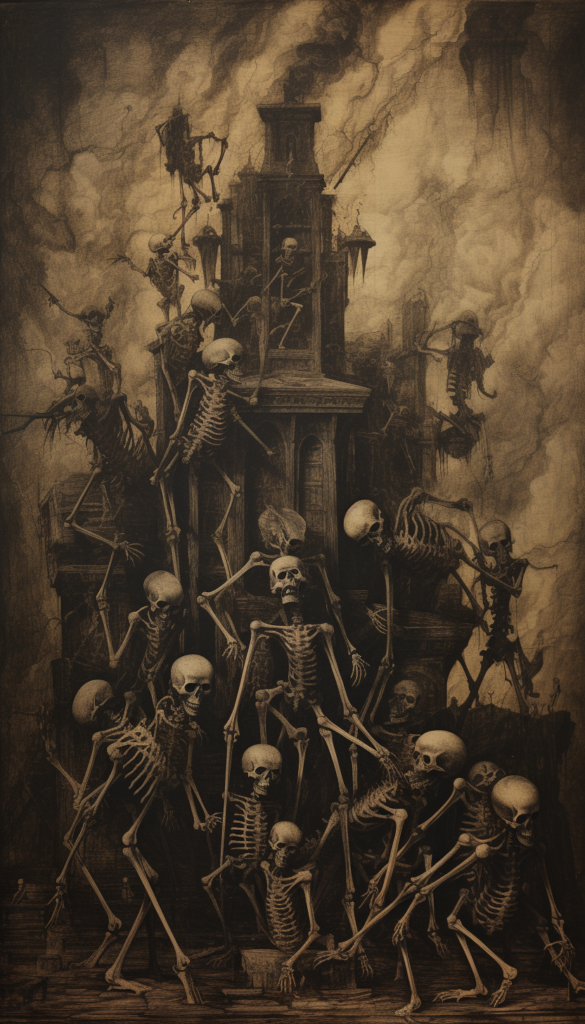
20th Century
In the 20th century, there has been a renewed interest in necromancy. This is due in part to the popularity of books and movies about magic and the occult.
Books and movies such as Harry Potter and The Conjuring have made necromancy seem more appealing and exciting. This has led to a new generation of people who are interested in learning more about this practice.
Today
Necromancy is still practiced today by some people. However, it is not a widely accepted practice. There is no scientific evidence to support the claim that it is possible to communicate with the dead.
Despite this, necromancy continues to fascinate people. It is a practice that is shrouded in mystery and intrigue. It is a practice that taps into our fear of death and our desire to know what lies beyond.

Conclusion
Necromancy is a fascinating practice that has been around for centuries. It is a practice that is shrouded in mystery and intrigue. It is a practice that taps into our fear of death and our desire to know what lies beyond.
Whether or not you believe that necromancy is real, it is a practice that has had a significant impact on human culture. It is a practice that has been mentioned in literature, art, and music for centuries. It is a practice that continues to fascinate people today.
